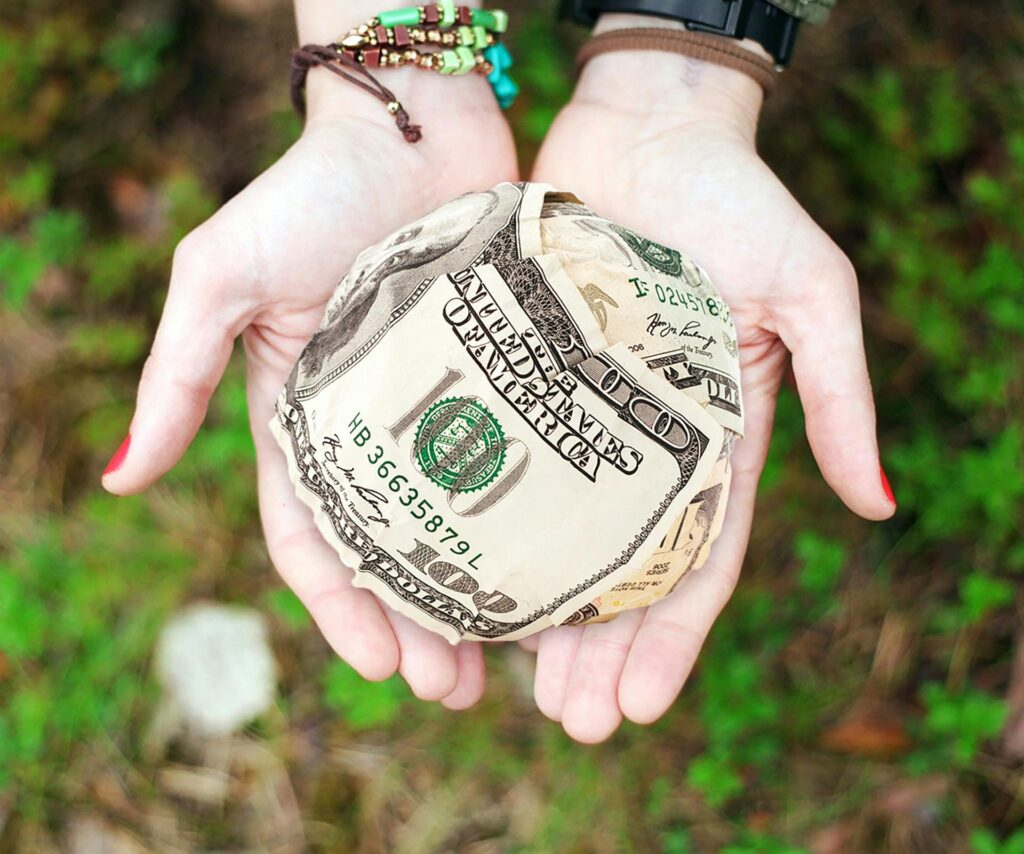By Stephen Buller
One of my readers wrote in, disagreeing with my claim that the United States dollar is a “fiat” currency. Firstly, let me say thank you for your interest! My mission in writing these columns is to educate my community about the monetary system as it exists today, and on how we could create a better system for the future. As part of that community, I look forward to hearing – and learning – from more of you.
The reader said a fiat currency is “one assigned an arbitrary value, usually well above its true value.” He went on to say that the US Dollar has historically been highly valued around the world, and therefore is not fiat.
I would argue that people’s acceptance of a currency or even its high valuation does not preclude it from being fiat, which comes from Latin and means “let it be done.” A theoretical nation-state with unlimited power and technology could dictate anything be used by its citizens, and even the world. In fact, the US has done that for the past 80 years.
A country’s government has the authority to dictate its currency, and this is easy to enforce if it requires citizens to pay taxes in that currency. This dictate of “let it be money” does not alone make a currency “fiat.” Regular readers of my column will know that I believe gold is the best money, but there are other options, so long as it is a good unit of account, medium of exchange, and store of value.
The trouble arises when nothing of substance backs the money. The dollar is a unit of account because goods are priced in dollars. It is a medium of exchange because individuals willingly take dollars as payment, confident they can buy something else with those dollars. It fails miserably as a store of value, as all fiat currencies do by design.
Th dollar officially lost substance when President Nixon “temporarily” suspended the dollar’s link to gold in 1971. He did this, however, because the US had already created far more dollars than could be supported by its gold. The US was (and still is) perpetrating a global scam that French President de Gaulle called us on, converting dollars into gold and draining our gold reserves at a frightening pace.
Shortly thereafter in 1974, the “petrodollar” was unofficially born, an alliance between the US and Saudi Arabia effectively tying the dollar to oil, also known as black gold. This was largely in response to soaring oil prices, as measured in dollars.
Another interesting 1974 event was the end of President Franklin Delano Roosevelt’s executive order making it illegal for US citizens to own gold coins, bullion, and certificates. In 1933, citizens without a special license were ordered to turn in their gold for $20.67 per ounce. In 1934, FDR devalued the dollar by making gold worth $35 per ounce, stealing 69% of the related net worth of those individuals who complied.
Article I of the US Constitution says that “no state shall make any Thing but gold and silver Coin a Tender in Payments of Debt.” The founders understood the risk in individual states trying to settle interstate debts in their own fiat currencies.
Our federal government settling debts with other nations, the states, or its individual citizens is a different story. The dollar became the world reserve currency in 1944, shortly before we dropped two atomic bombs on Japan, bringing an end to World War II and establishing our country as the global leader.
I have a few major takeaways from all of this. First, whether it’s fines, jail time, or nuclear war, the threat of force supports the use of a currency. This isn’t necessary, and I would argue it’s wrong, but it is reality. To divorce economics and money from war and power would be folly.
Second, we can see the failure of currencies not backed by gold. Governments are incentivized to spend. Today, central banks can figment trillions of dollars with the stroke of a key, but even Emperor Nero debased his currency to pay for wars by adding base metals to his silver coins. From the French calling the US bluff, all the way back to the Roman Empire, when people catch on that a currency is no longer backed, they will get rid of it as quickly as they can, trading it for anything with real-world value.
Third, we can prepare for the next monetary reset. For many decades, the US has been effortlessly creating and exporting its currency for food, electronics, and more. As world governments tire of this, they are forging new alliances and currencies. One day, we will need to measure the true value of our dollar and possibly compete with other forms. Historically, this has always been done with gold.
As gold moved from $20.67 per ounce in 1933 to $2,500 today, it did not increase in value. It is an element, atomic number 79, and does not change. It’s the dollar that lost value, and it will continue to do so at an exponential rate.
I contend we should refer to the dollar, and all current currencies, as fiat. The dollar is supported only by our military might, an advanced – but replicable – payment network, and “In God we trust.” However, I don’t think this is arbitrary, but rather by design.

